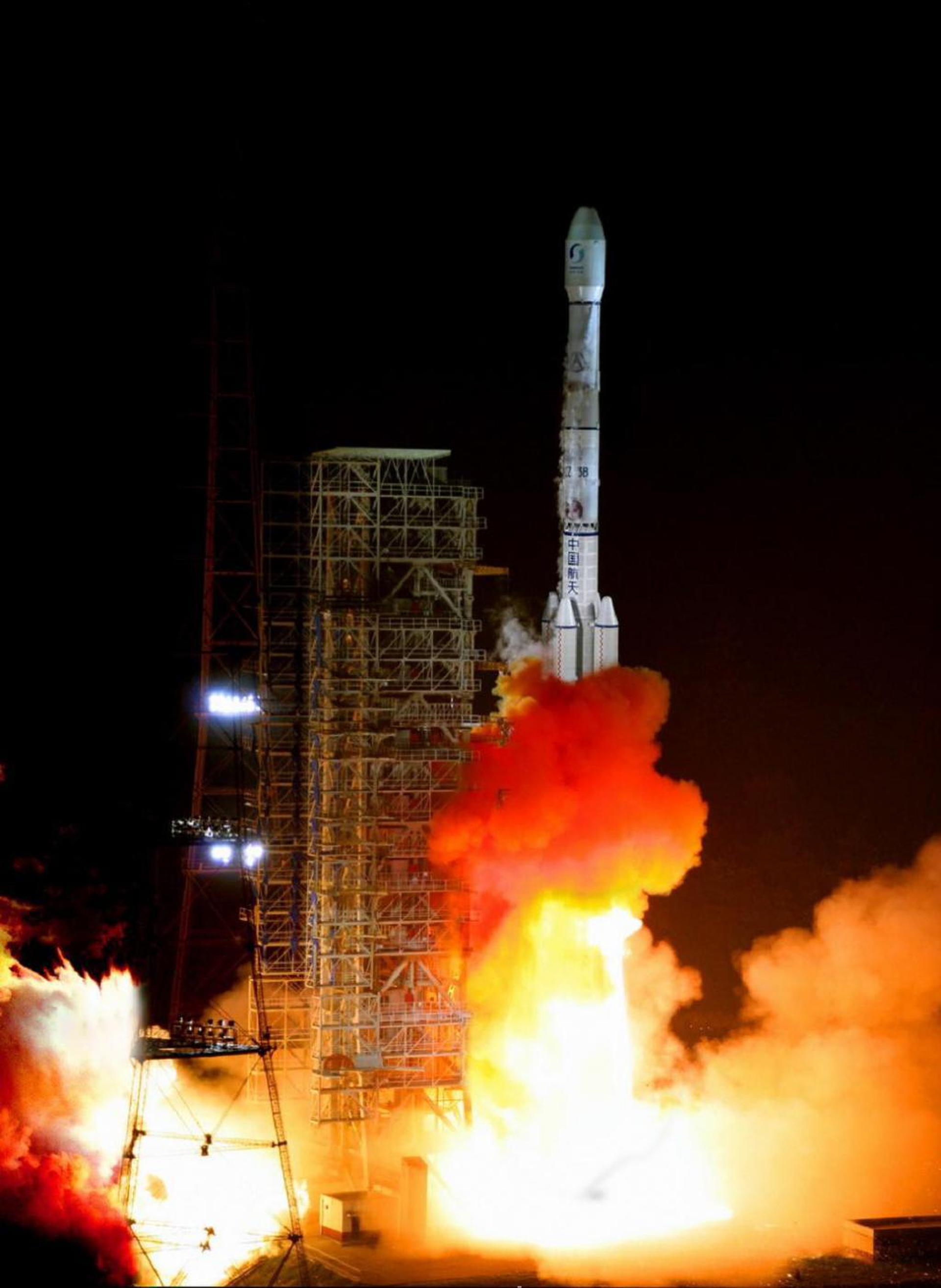Long March 3B | Tiantong-1-02
Launch Complex 2 (LC-2)
Xichang Satellite Launch Center, People's Republic of China
T?
--
Days
:
--
Hours
:
--
Mins
:
--
Secs
Date Loading...
China Aerospace Science and Technology Corporation
The China Aerospace Science and Technology Corporation (CASC) is the main contractor for the Chinese space program. It is state-owned and has a number of subordinate entities which design, develop and manufacture a range of spacecraft, launch vehicles, strategic and tactical missile systems, and ground equipment. It was officially established in July 1999 as part of a Chinese government reform drive, having previously been one part of the former China Aerospace Corporation. Various incarnations of the program date back to 1956.
Tiantong-1-02
Designed by the CAST Institute (China Academy of Space Technology), a subsidiary of the Chinese aerospace group CASC and specialized in spacecraft design, the Tiantong-1 02 satellite will be operated by China Satellite Communications Co. Ltd, another CASC subsidiary which owns about ten communication satellites such as the ChinaStar and APStar. Tiantong-1 02 is the second satellite of China's first mobile communication network. It uses a Chinese DFH-4 satellite platform, and, according to its manufacturer CAST, has the highest payload mass utilization rate compared to other satellites of the same family. The project was launched in 2010 following the 2008 earthquake in Sichuan, where almost all ground communication networks were paralyzed. China had no mobile communication satellites at the time, so it had to lease services from foreign countries, such as Inmarsat in Europe, for its rescue teams.
Long March 3B/E
Height 56.30 Meters
Max Stages 3
Mass To GTO 5500 kg
Liftoff Thrust 5924 kN
Diameter 3.35 Meters
Mass To LEO 12000 kg
Liftoff Mass 456 Tonnes
Launch Success 70
Consecutive Success 48
Maiden Flight 2007-05-13
Launch Failures 1
Related News
2020-11-14T01:08:27+0000
Spaceflight Now
China launches mobile telecom satellite
2020-11-12T16:40:17+0000
NASASpaceflight











